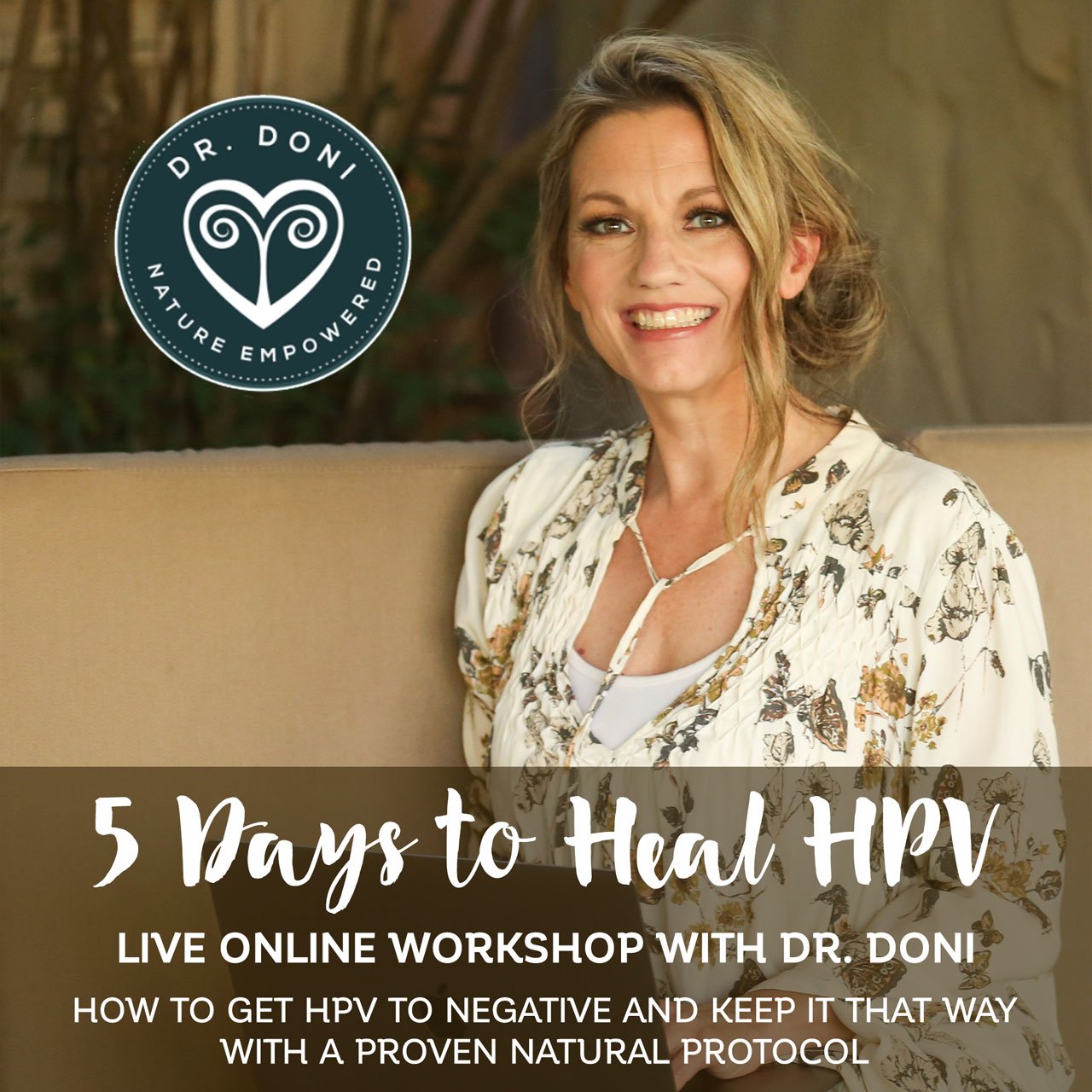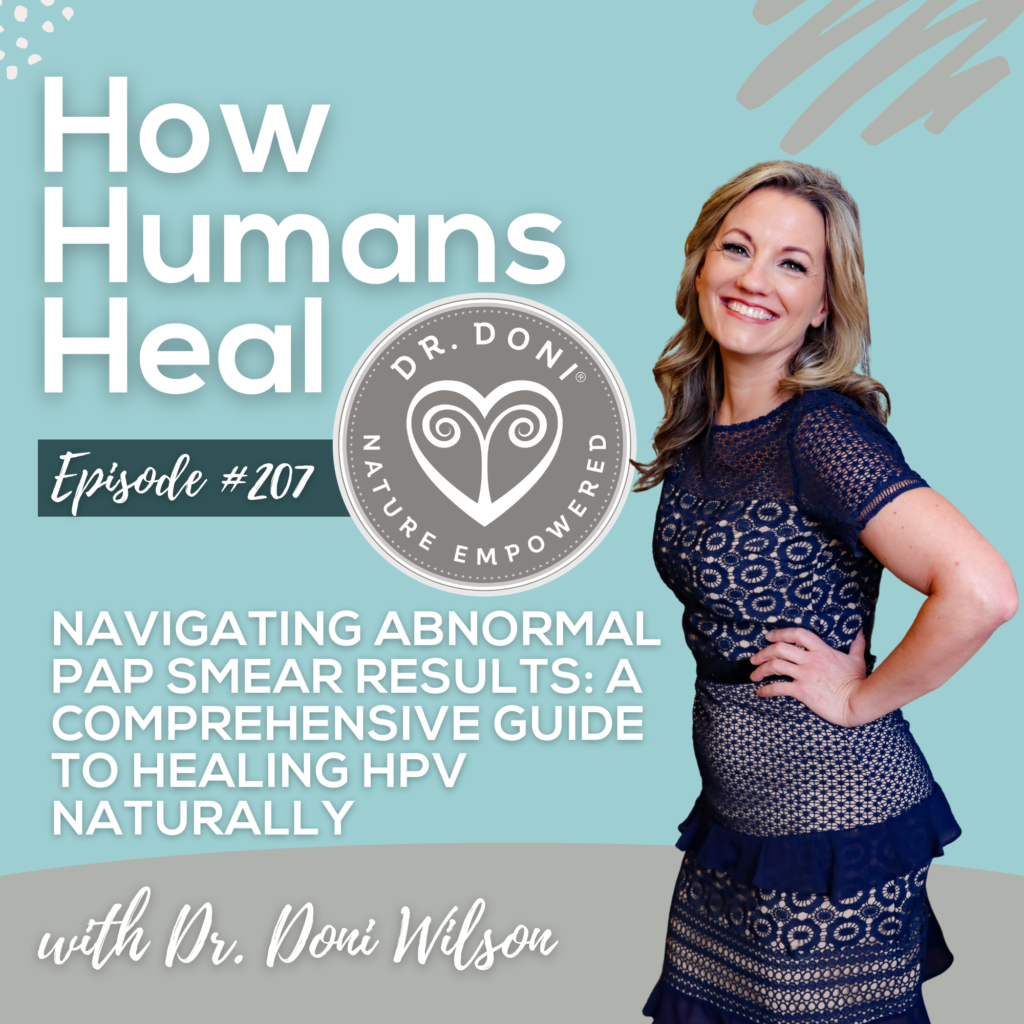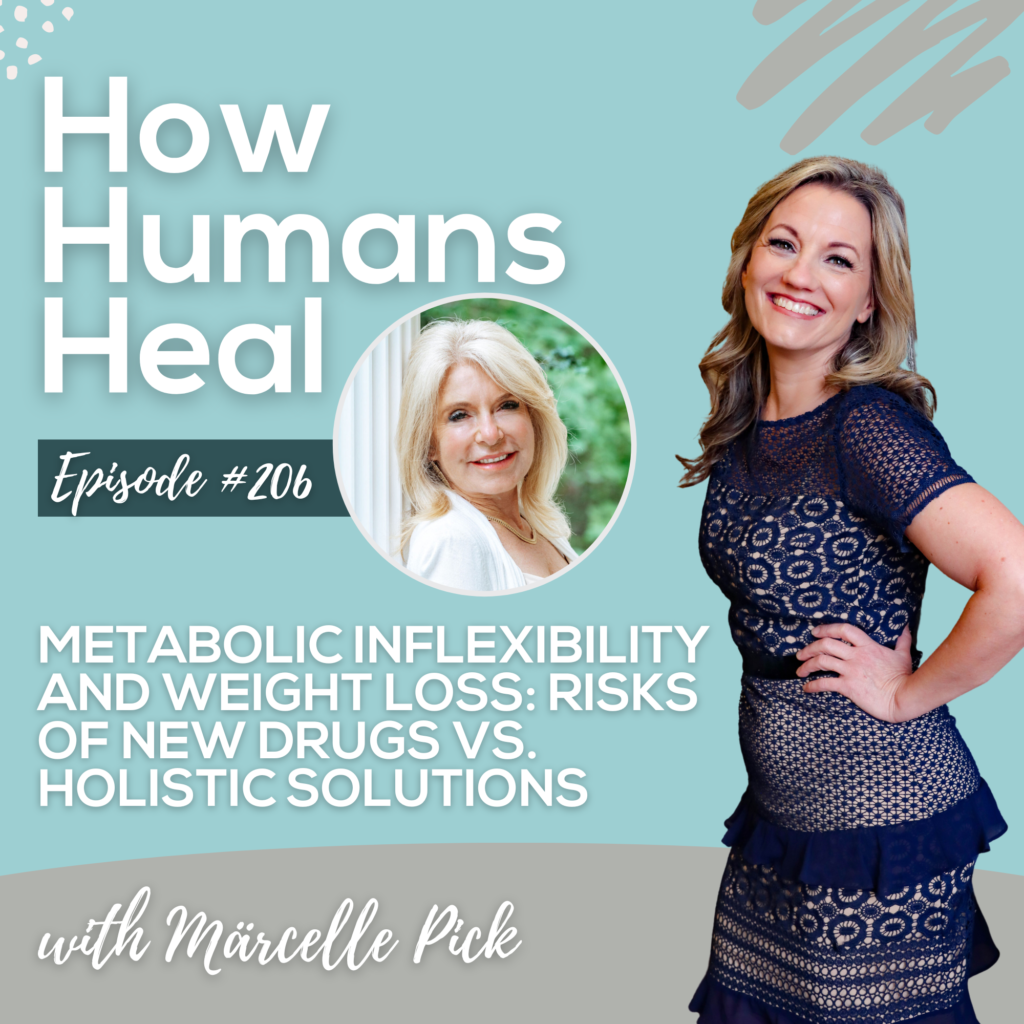
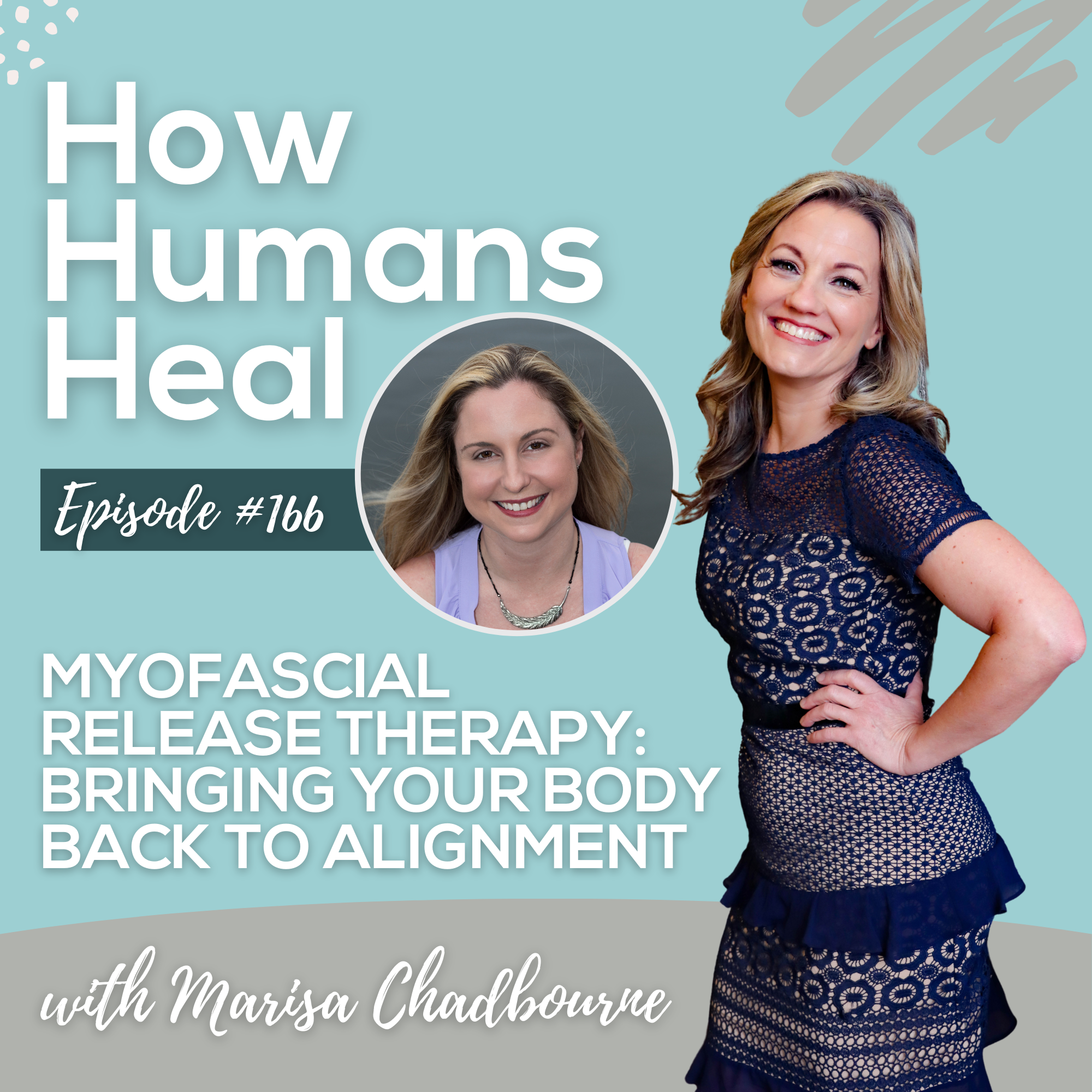
Myofascial release therapy has been shown to help people with muscle and joint pain, inflammation, stiffness, physical pain in general, migraines and even recovery from trauma.
With that, I’m excited to introduce you to Marisa Chadbourne. She is a myofascial release therapist and she’s been my myofascial release therapist for many years. Marisa owns Touch of Health Myofascial Wellness Center in Sayville, NY. She created Touch of Health as a supportive and therapeutic environment to assist her clients through their healing process.
Marisa is also a Certified NLP practitioner since 2019 and a locally and nationally published author regarding Fascia, the Mind-Body, and Subtle Energy.
Myofascial Tissue
Myofascial tissue is a network of tissue that spreads throughout your entire body. It connects your muscles, joints, and bones. It also provides support to your organs, helping to keep them in place. If you could see it, your fascia would look like a single sheet of tissue paper.
The fascial system is omnipresent throughout the human body as one continuous web-like structure connecting all parts and systems together so, it’s the only system in the body that actually comes in contact with every other system right down to the cellular level.
Myofascial tissue has three major components: 1. elastin fibers, which give our bodily movement it’s elasticity and stretch, 2. collagen fibers that give our physical structural support and 3. a ground substance which is a gel-like substance that mainly helps with intracellular communication. So, this matrix of collagen, elastin and ground substance is what holds our bodies upright.
What Is Myofascial Release Therapy?
Myofascial release therapy is a connective tissue therapy designed to bring the body back into its natural alignment by releasing facial restrictions, and in turn, this increases our range of motion. It also takes pressure off of pain sensitive structures within the body. All different types of injuries can be treated. It can even help people who have autoimmune disorders, neurological dysfunction, etc.
During myofascial release therapy, the therapist applies light pressure by hand to find myofascial areas that feel stiff instead of elastic and movable. These stiff areas, or trigger points, are thought to limit muscle and joint movements, which can play a part in widespread muscle pain.
The main difference between massage and myofascial release therapy is that in myofascial therapy we are focusing on the fascia or connective tissue, while in massage the main focus is on the muscles. With myofascial therapy, the goal is to release fascial restrictions in order to bring the body back into healthy alignment. This is done by using gentle sustained pressure of 5 minutes or more to make a very specific change within the connective tissue.
A massage is more of a soft tissue mobilization technique. Another difference is in the intention to bring the whole body back into alignment by opening up the entire fascial system. For example, even if someone has neck pain, in myofascial release therapy we evaluate the whole-body posture instead of just focusing on one part of the body.
What Is a Myofascial Restriction?
When we say there’s a fascial restriction what we’re mainly saying is that the ground substance part of the fascial system starts to become solidified. When that happens the elastin fibers, collagen and muscle fibers get stuck in the solidification and they’re unable to slide across each other to do their job correctly. This will in turn stiffen movement and put pressure on pain sensitive structures.
The main four causes for this solidification or facial restriction are surgery, repetitive movement, inflammatory responses and also trauma, whether it be physical or emotional trauma. This solidification can happen in response to our thoughts, environment or something that’s happening to us on an emotional level. This is because of the mind-body connection and how they respond to each other.
What we’re looking for in myofascial release is what was the cause of the restriction. So we allow for there to be many different types of healing: structural healing, somatic healing, and emotional healing. Some people have an emotional release and some people don’t. It really depends on the type of healing that they’re looking for but it completely impacts the body much farther than people are aware of.
When we open up a fascial restriction it’s like opening up the dam of energy flow. Opening up the dam for more intercellular communication to flow smoothly. When we talk about emotion, a lot of times we refer to it as energy in motion, and when trauma happens in our lives, that energy can get stuck, leading to solidification of the ground substance. And so, as we shift the gel-like substance back to its normal state, the energy is released and that’s what people are feeling.
Sometimes during a myofascial release therapy the person might go into a meditative state or a deep relaxation state as this kind of therapy also stimulates the parasympathetic system and the vagus nerve. And that’s when we have the opportunity to be able to go a little bit deeper in feeling and releasing trauma because we’re not in the place of thought, but it has to happen naturally.
Myofascial Release Therapy for Pain vs Maintenance
This kind of therapy is good not only for when someone does get in pain (to help release it) but also for maintenance and preventing pain. What’s important here is having body awareness and empowerment of how we can support ourselves during a treatment. It’s important that people tune into their body to see how they feel over the next few days after their first session.
Once people find that rhythm of what they need for maintenance they can make that decision on their own and so this decision is made from an innate place instead of being told what to do. If someone wants to make a lot of change quickly, they can do a myofascial intensive series, where the person comes in three to five times over one to two weeks and we get a lot done over that time. Then it’s more likely for that change to stay with the person.
We also teach people how to do self myofascial release at home so that release and opening that was made can be maintained at home by the patient by continuing to feel into their body and where they’re restricted. This is the special relationship between the client and the practitioner doing work together and teaching the patient how to do it on his/her own.
During this process you can also learn so much about your body, the signals it gives you and what it needs to heal. There are so many different symptoms that people come in with for this therapy, not just pain, but sleeping disorders, anxiety, fatigue, autoimmunity, neurological dysfunction, and they all benefit from this work.
We look at symptoms as the signals the body is giving you. The most important part of the facilitation is guiding the client to get in touch with what these messages are on a subconscious level. This is another part that isn’t just purely structural. We’re looking at the body as a whole, mind, body and spirit, and how they are always working together.
Combining Myofascial Therapy with Other Treatments
When we identify that inflammation is causing the fascial restriction, we then ask why the inflammation is there in the first place. We need to take a look at your diet for example, so the client might be advised to take the healing to the next level by talking to a Functional Practitioner or a Naturopathic Dr. to help them. Then they get the benefit of both by working synergistically. As the inflammation is coming down and the body’s healing, then there’s less likelihood of repeated issues coming up.
We don’t want to just keep continuing releasing the same fascial restrictions over and over again. If what is causing the issue is a repetitive movement for example, then the client is oriented to find out how they can change that movement, and how they can change the inflammatory response. They need to make an ergonomic change. Or someone has a compensatory pattern from some type of physical movement they’ve been doing their whole life, then they can also do physical therapy along with myofascial release.
This is because if you just continue to work on the restriction, without addressing the cause, you may not be solving the problem. So it is a priority to think about what other approaches will complement myofascial release therapy for each individual so that you can feel better for good.
At the same time, myofascial therapy helps other approaches to work better because the fascia connects with all the other systems in the body. By opening fascial communication, it is going to support healing on every other level.
If you want to reach out to Marisa and learn more about how she can help you, please make sure to check out her website or her Instagram @touchofhealthny.
To understand my approach to helping people recover from stress and trauma with my Stress Recovery Protocol, you may want to start by reading my book Master Your Stress Reset Your Health. In the book, I also share the quiz I developed to help you identify how stress has affected you specifically by knowing your Stress Type. You can also take this Stress Type Quiz online. You can also sign up for my Stress Warrior Program here.
If you’re interested in a safe and effective body, mind and spirit detoxification that will actually make you feel better and that you can do without affecting your daily routine, you can check out my New 14-Day Detox Program here. In the Detox Program I teach you to connect with yourself, and use mind-body tools, such as biofeedback, to process emotions.
For the most comprehensive support to recover from stress and trauma, even with the most difficult health issues (physical or mental), it is best to meet with me one-on-one, which is available to you no matter where you are in the world (via phone or zoom). You can set up a one-on-one appointment with me here.
We’re here to help you!

Connect with Dr. Doni:
- Facebook https://facebook.com/drdoniwilson
- Instagram https://instagram.com/drdoniwilson
- YouTube https://youtube.com/DoniWilsonND
- Newsletter: https://doctordoni.com/www (Weekly Wellness Wisdom)
- Podcast: https://doctordoni.com/podcast (How Humans Heal)
More Resources from Dr. Doni:
- Stress Type Quiz: Assess your adrenal function
https://doctordoni.com/quiz - Dr. Doni’s Book: Master Your Stress, Reset Your Health
https://doctordoni.com/book - Dr. Doni’s Facebook Group: Stress Warrior Stress Resiliency
https://facebook.com/groups/stresswarrior - HPV Recovery Guide (FREE)
https://doctordoni.com/ddpp/hpv-guide/ - FREE Masterclasses with Dr. Doni
https://doctordoni.com/masterclasses - FREE Guides from Dr. Doni
https://doctordoni.com/guides
Personalized Solutions:
- 14-Day Detox Program: You can start this transformation program anytime
https://doctordoni.com/detox-program - Say Goodbye to HPV (12-week Program): Begin the journey to freedom from HPV today!
https://doctordoni.com/hpv-12-week - If you’d like to meet with Dr. Doni one-on-one for your health, request a Health Breakthrough Session: https://doctordoni.com/breakthrough
Disclaimer: This specific article and all other Content, Products, and Services of this Website are NOT intended as, and must not be understood or construed as, medical care or advice, naturopathic medical care or advice, the practice of medicine, or the practice of counseling care, nor can it be understood or construed as providing any form of medical diagnosis, treatment, cure, or prevention of any disease.
Share this Post:
Dr. Doni Wilson
14 Day Detox Program
Take the Stress Type Quiz
Dr. Doni Social Media
Popular Posts

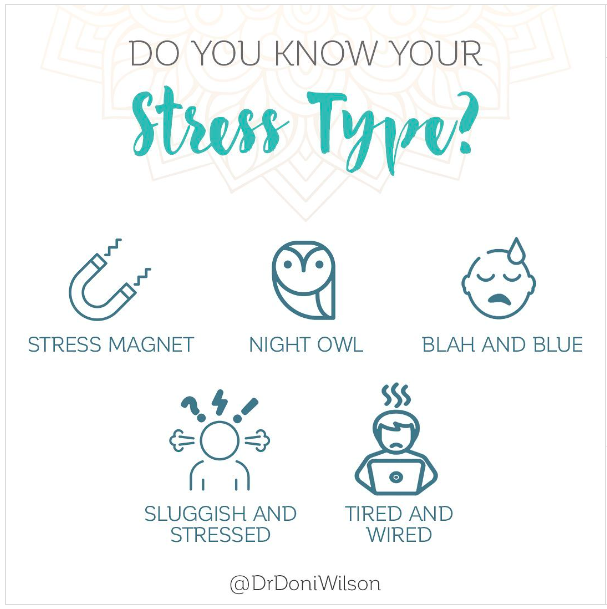
The 5 Burnout Types

Healing HPV Holistically: Dr. Doni on the Inspire Health by Jen Podcast
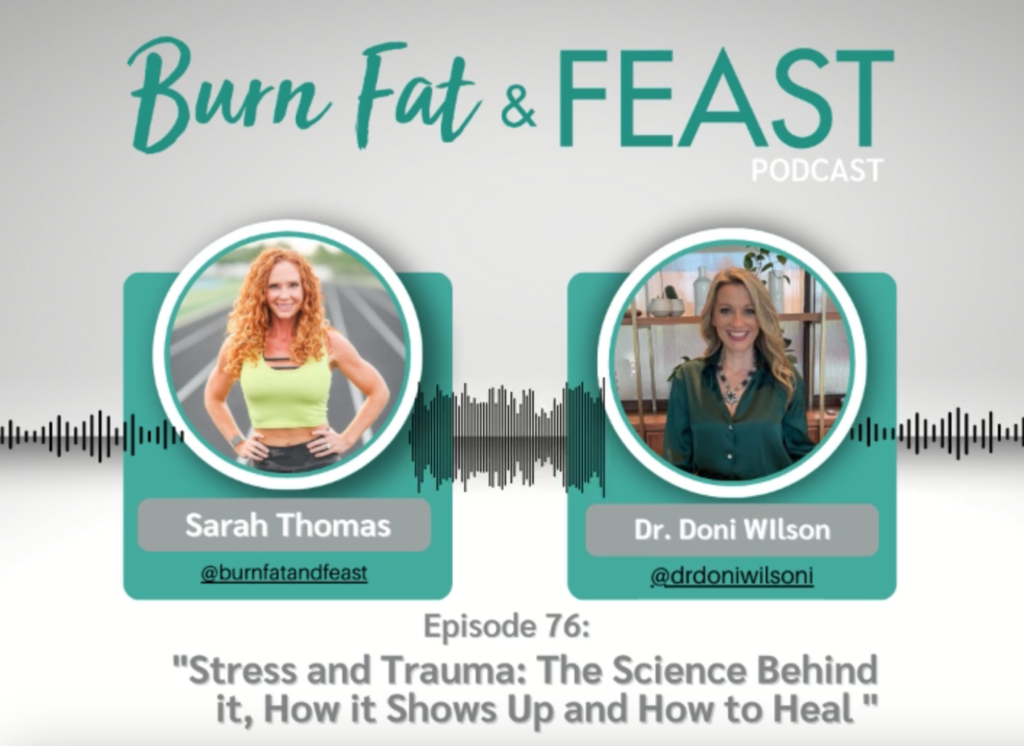
Recent Podcasts
Signup to receive our weekly newsletter with all the latest news, podcasts and special offers
New Book - Order Today!
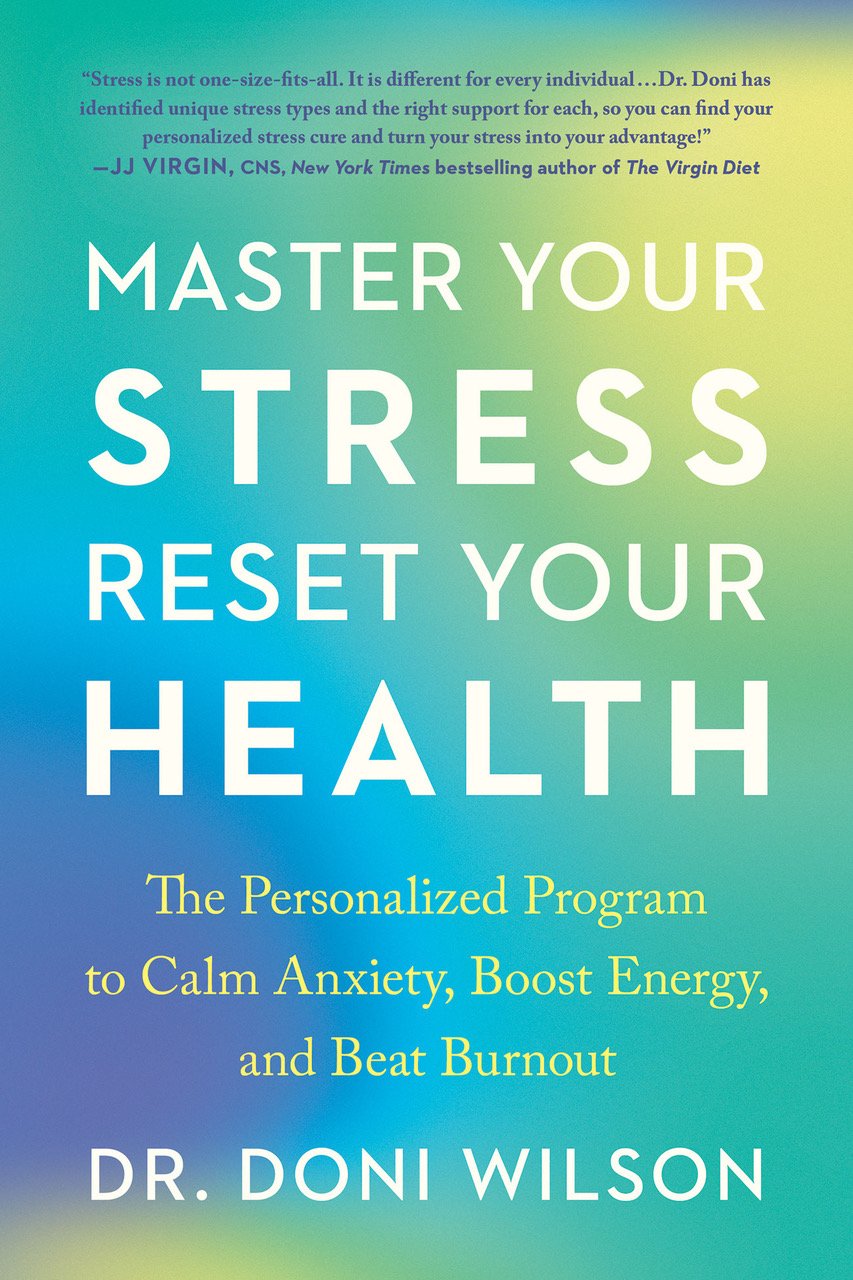
SIMPLE PRACTICES for SHIFTING FROM YOUR STATE of STRESS to YOUR FLOW and FREEDOM
MASTER YOUR STRESS
RESET YOUR HEALTH
Order Now! Related Posts

What is making you susceptible to HPV?
I have been working with women who had abnormal cells on their cervix and/or vaginally, caused by HPV for over 20 years now. And while

The 5 Burnout Types
Did you know there are 5 burnout types? They are based on your Stress Type®, which is how your adrenal function has been affected by

Healing HPV Holistically: Dr. Doni on the Inspire Health by Jen Podcast
Dr. Doni was interviewed by Jen Ciszewski on the Inspire Health by Jen Podcast, talking about how to heal away HPV from your body for good.

Stress and Trauma: The Science Behind It, How It Shows Up and How to Heal: Dr. Doni on The Burn Fat and FEAST Podcast
Dr. Doni was interviewed by Sarah B. Thomas on the Burn Fat and FEAST Podcast, talking about the impact of stress and trauma on our health and what to do to recover from them.


